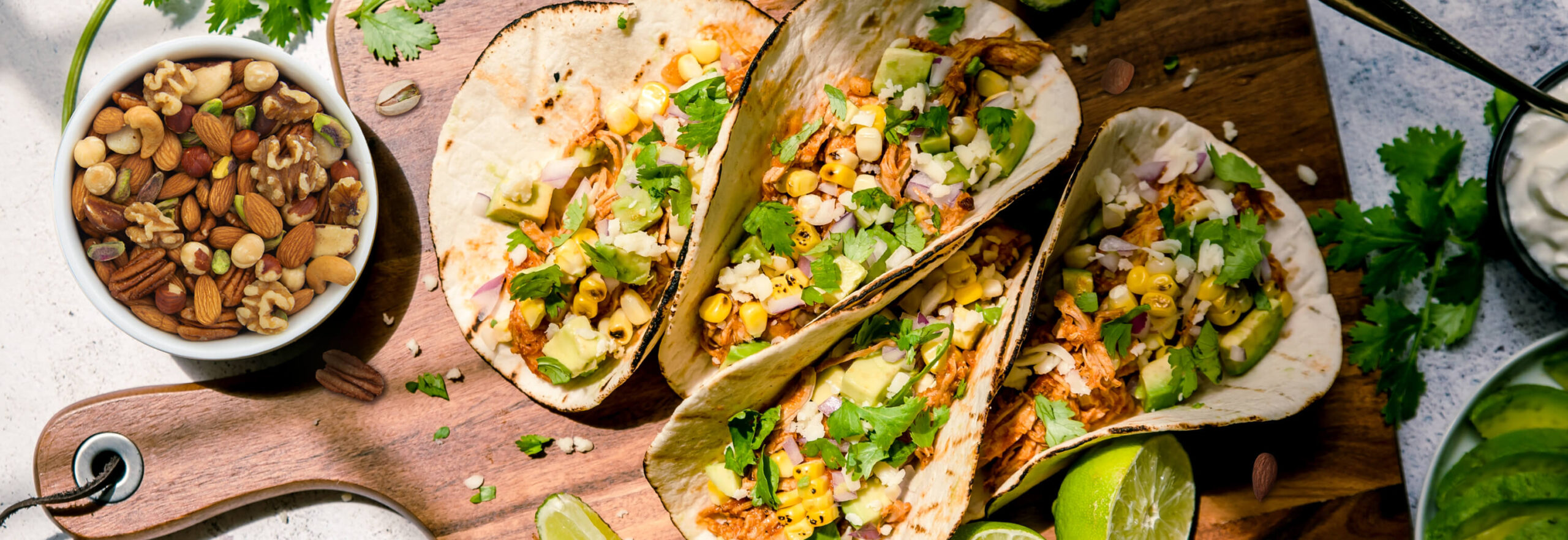April 23rd is National Picnic Day but why not make it picnic month. The weather is warming up and spring flowers are blooming. Whether it’s a weekday family evening, a lazy Sunday breakfast on the porch, or a long weekend lunch with a group of friends, it’s the perfect time of year to pack a basket and head outdoors!
Including tree nuts in your picnic will add lots of important nutrients and great flavor…here are a few ideas:
Sandwiches are the perfect picnic food. They’re easy to make, simple to pack and all you need are your hands. Why not spread your sandwiches with a home-made nut butter. Click this link to learn how to make your own nut butters and some enticing sandwich ideas!
Grain Bowls are so much better with a scattering of nuts for flavor and texture! If you’re on a gluten-free diet, there’s lots of grains that meet your needs – quinoa, millet, whole oats, rice and wild rice, buckwheat and corn – think polenta and grits. Here are some grain bowl ideas to whet your appetite:
- Red quinoa and Kale salad with hazelnuts
- Almond Farro and Black Bean Salad
- Breakfast Grain Bowl with Mixed Nuts
- Honey Glazed California Walnut Quinoa Salad
- Pistachio Rice Turmeric Bowl
Burgers are great if you’re headed to a park with a grill, or have a portable one yourself. Nuts make a great base for vegetarian burgers, or just add your favorite chopped nuts to your burger mix – try macadamias with lamb, pecans with bison, cashews with ground tuna for a delicious seafood burger or Brazil nuts in your crab cakes – let your imagination take you away!
Platters are a wonderful for a picnic, laden with cheeses, nuts, cured or smoked seafood or meats, celery and carrot sticks, honey and crackers or a crusty baguette. What’s on your platter this spring?
Potato Salad is wonderful with a nut pesto tossed through – you can make the classic with pine nuts and basil, or trying something new such as cashew and cilantro, hazelnut and arugula, walnut and mint or almond and watercress, just to name a few!
Spring is here so get out and enjoy the great outdoors with some nutritious delights and great company!



